It's spring in my part of the world and time to start the gardening season. Even though last week we had snow, it's time to grow seedlings to have them ready when the weather permits working outside. Onion and garlic should have been sowed already but we got so much rain and snow lately that the land is too wet, so we've started with what we could.
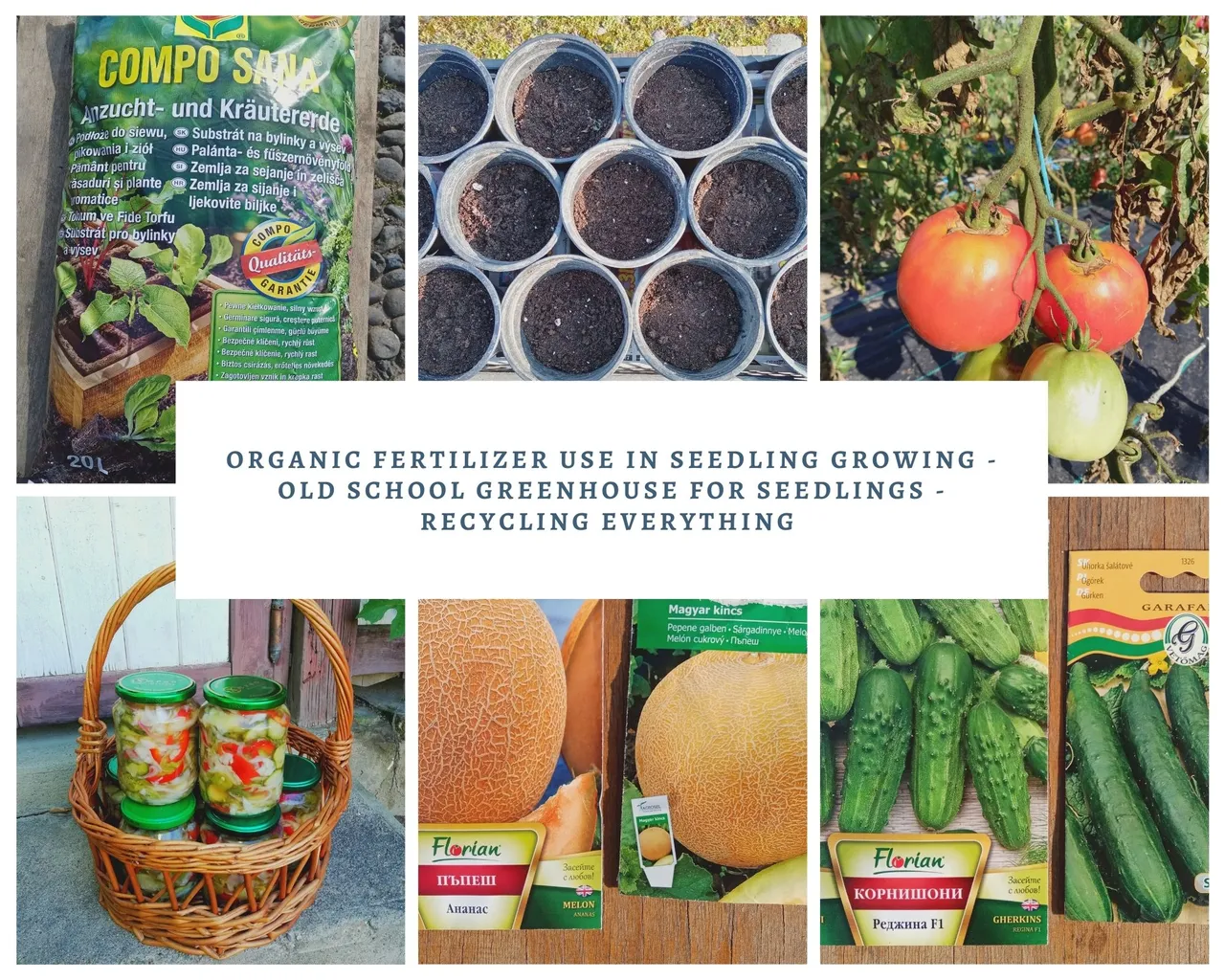
Old School Greenhouse For Seedlings
Today I'm going to show you an old school greenhouse to grow seedlings from seeds. This is how it's done for years and it's working.
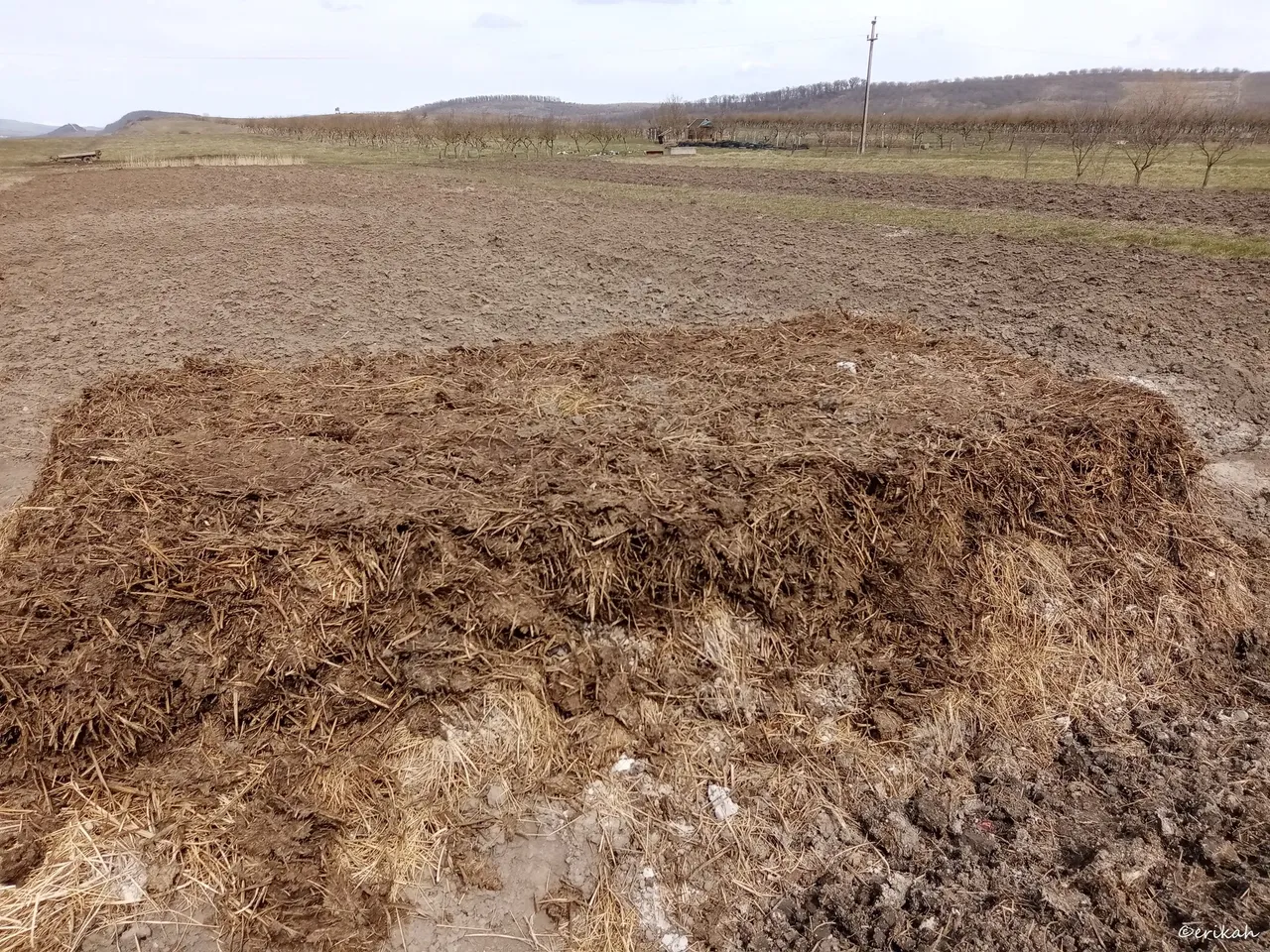
The base is made of ... now I'm in difficulty as I don't know the proper expressions but I'll do my best to describe what you see on the photo. Well, this is a big pile of odorous excrement, brought here from the stable where the cows are kept. This is a waste that can be used or reused in many ways. This is one of them as this type of animal waste is producing heat and keeps the greenhouse warm.
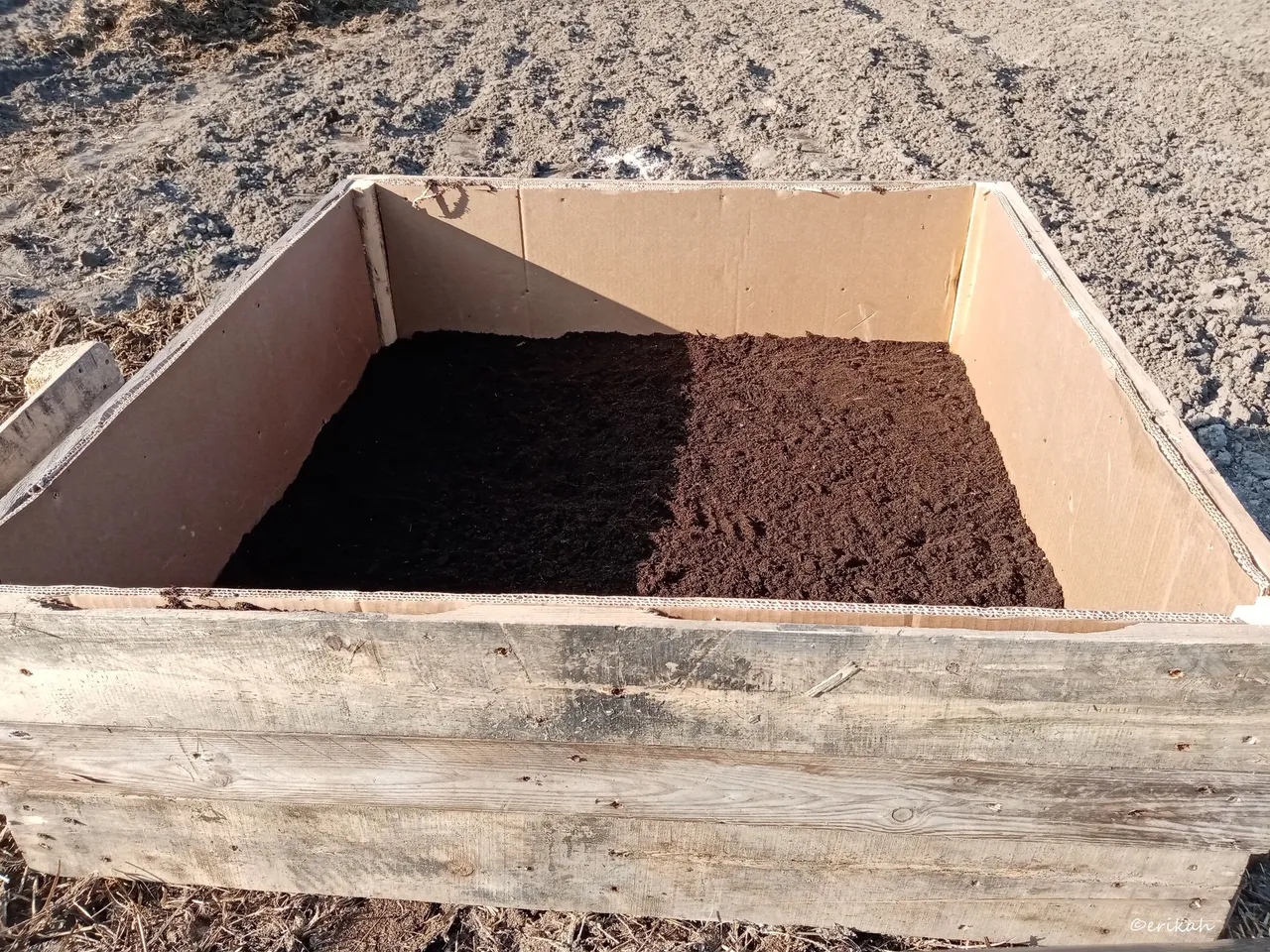
Next comes the frame. It's a simple wooden frame made of recycled boards, lined with cardboard, also recycled ♻️. This is needed to keep the heat inside, it serves as isolation.
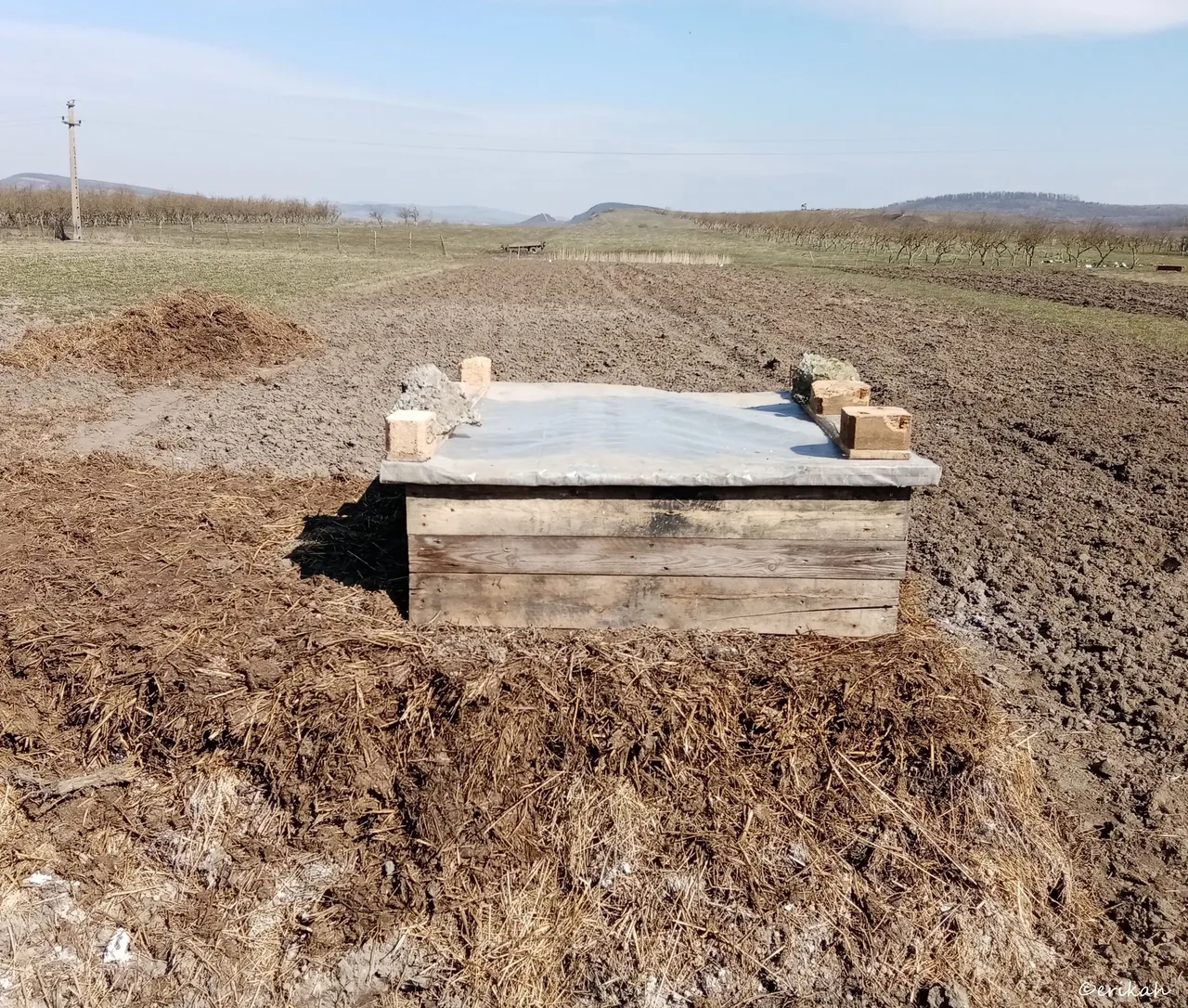
Then it's covered with a glass top, also made of recycled material, glass from old windows and a wooden frame, wrapped in a recycled plastic foil (packaging material from furniture I've bought), to keep it warm.
After this is finished, we keep the top on for a few days so the weed to grow and can be cleared out before sowing seeds.
This is a DIY method that is working perfectly for years.
Sowing Seeds
Because this year the gardening season starts a little late for us, due to cold weather, we decided to use a combined method and start the process indoors.
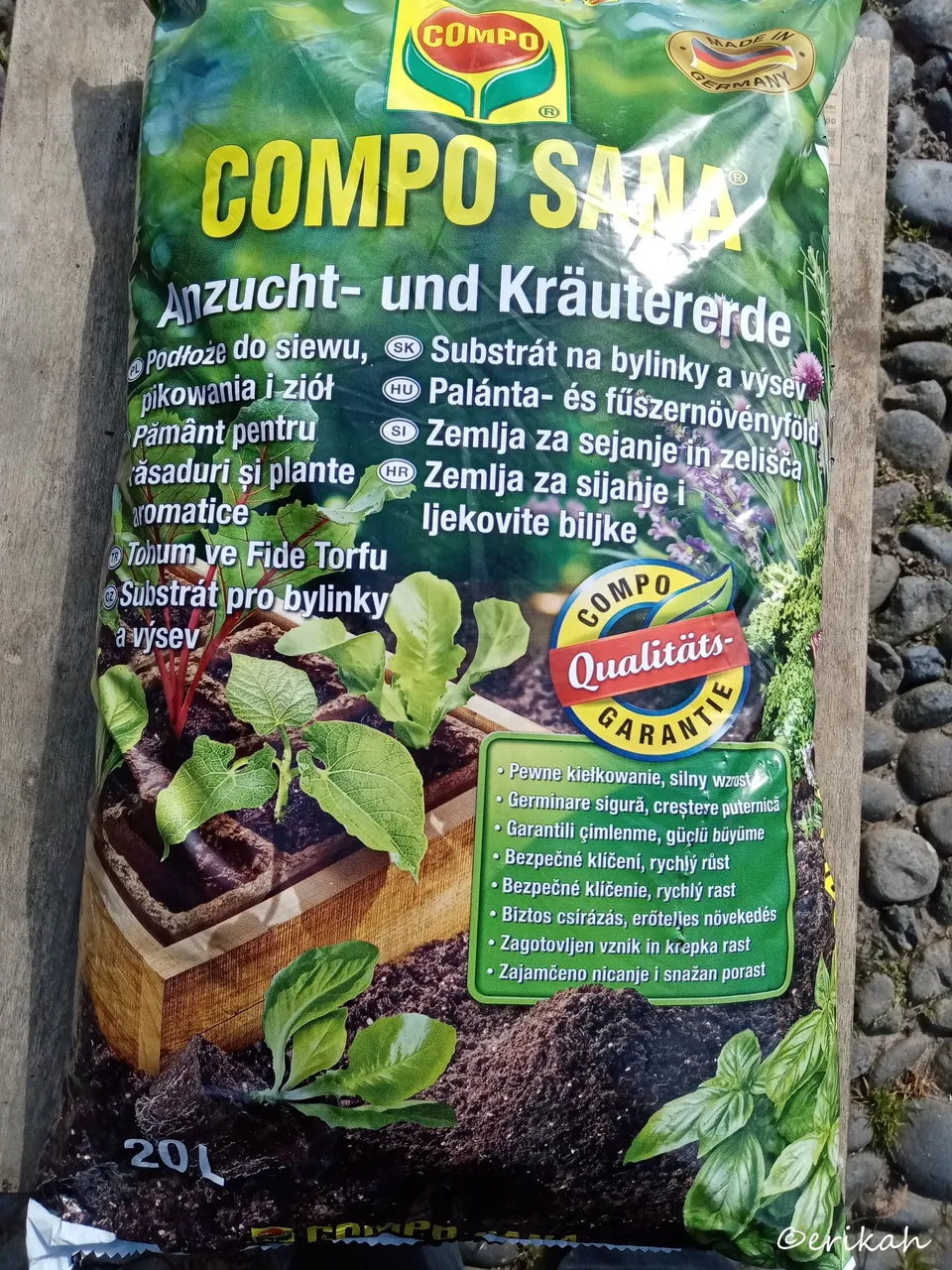
This is the soil that we are using this year combined with homemade, organic compost, to sow seeds. It's a special soil for seedlings and the compost is enriching it with organic nutrients that will boost the growing of seedlings nicely. This is the most important phase of all and if you do it right, you can have a nice, healthy crop sooner than you think.

This is the ugly compost bin that we've been filling time and time again during last year. It's ugly but beauty doesn't matter in this phase, quality of compost does. So what we did all year long was to dump all the organic waste (weeds, green household waste) in this bin and let nature do the rest. It doesn't have a bottom, so the liquid is absorbed and in the spring you get a dry compost, that can be mixed with the soil you see above and used for these seedling trays below. This is 100% organic and it's also recycling. What can be more efficient than 100% recycling? I love it! My only regret is i can't do this in the city and have to throw away all that valuable green waste that could be reused.
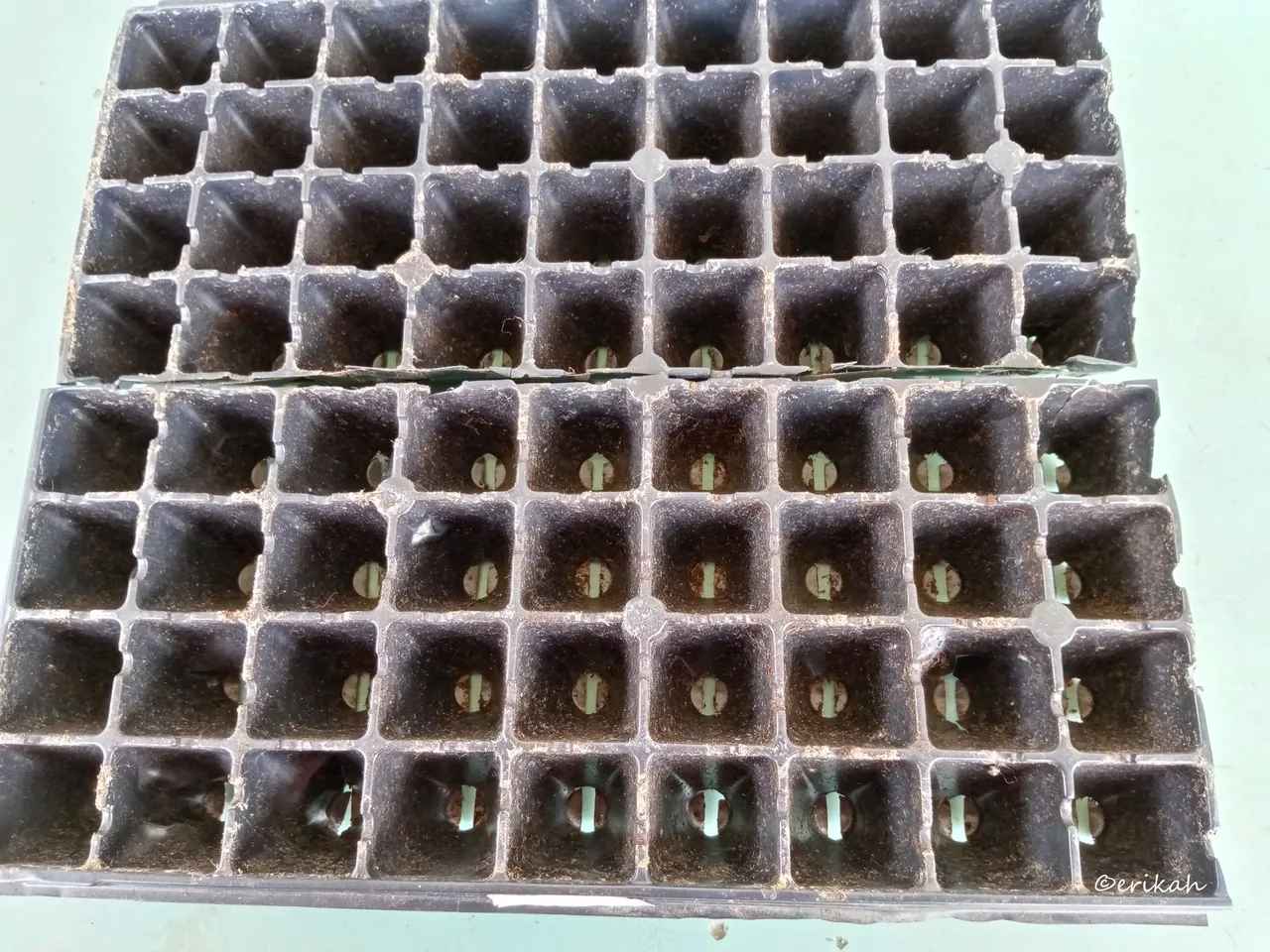
There are plastic trays and cups you can use for growing seedlings. This is one of them. The good thing is each seedling can grow roots and then can be transplanted to a bigger cup or directly in the garden.
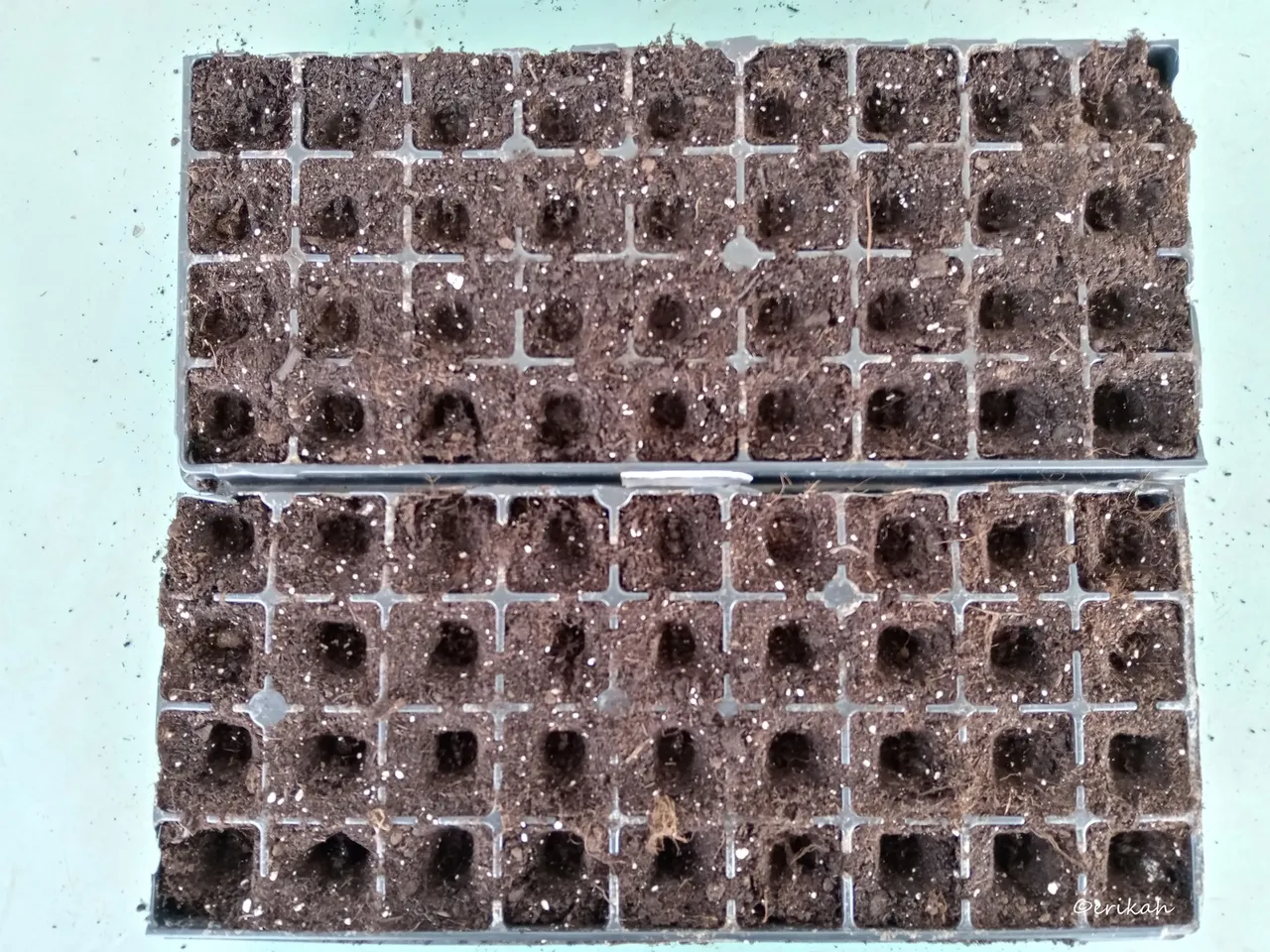
Fill the trays with soil mix. Poke a hole in the middle of each, put the seed in, cover with soil, water well and it's done. The good thing about this tray is that you can save water. These trays are put on another tray, the excess water can flow out and can be absorbed where it's needed.

After watering well, it's recommended to cover with a plastic foil to keep warm, create a greenhouse effect and prevent drying out. It's the best way to give them the initial boost they need.
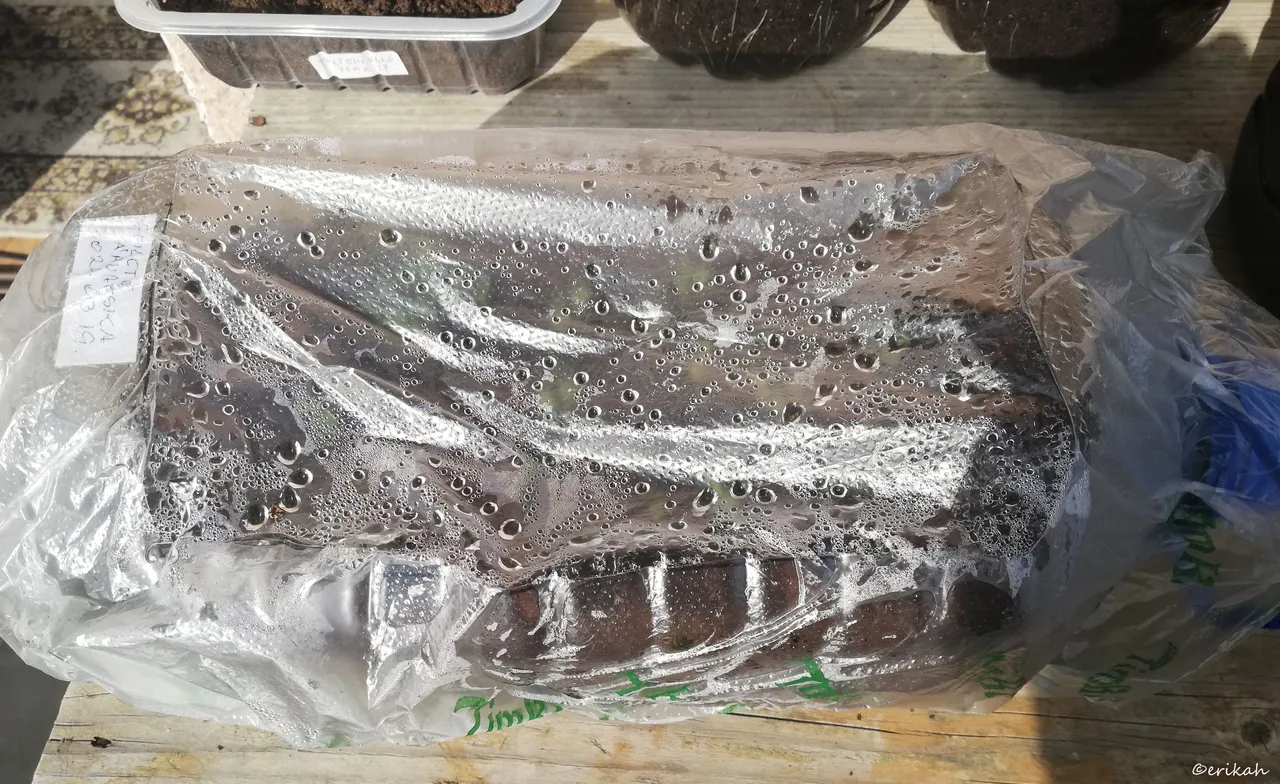
This is what I have on the balcony during the day and inside during the night as it's still cold outside. Black pansies, covered with plastic to keep warm.
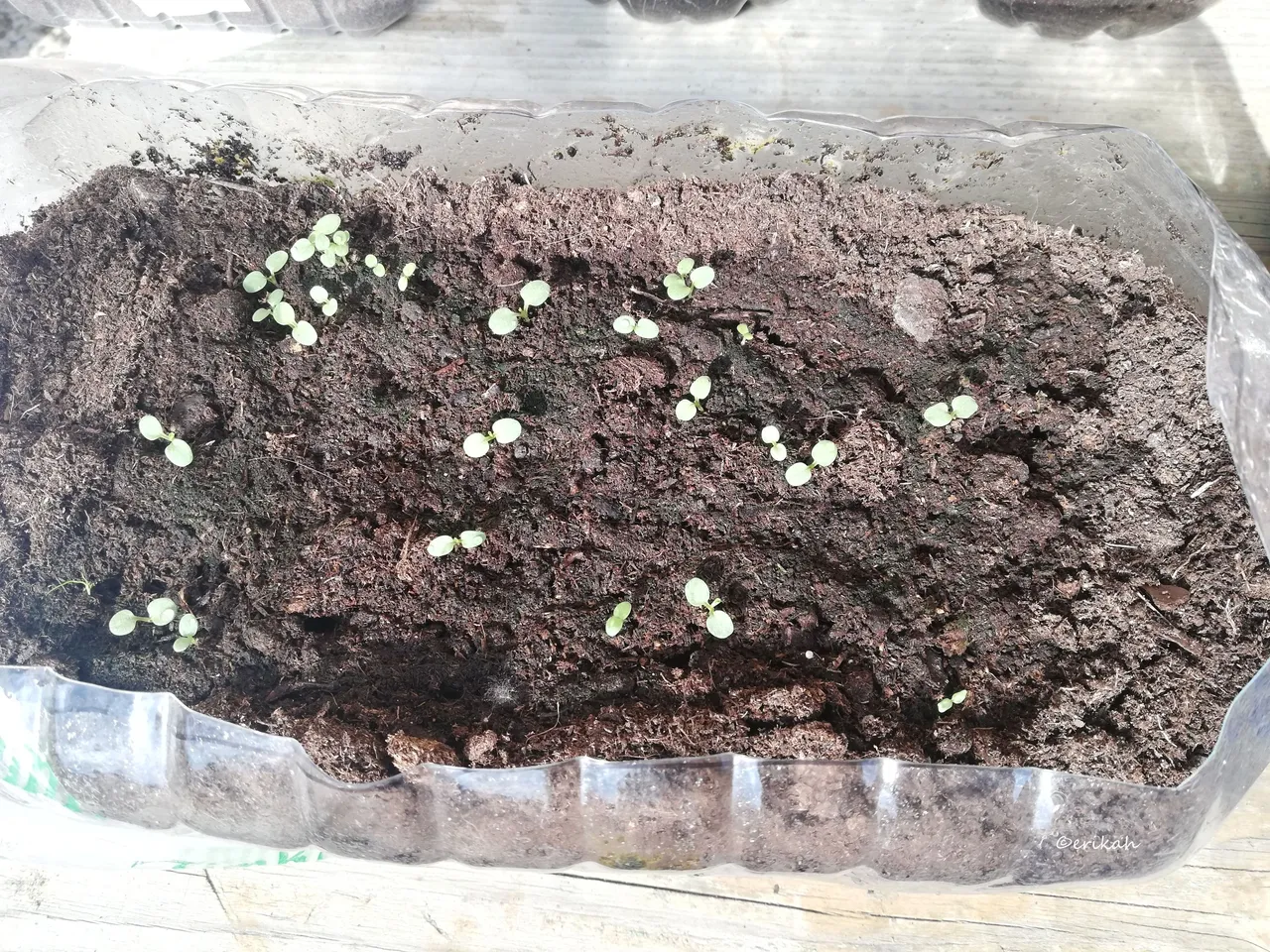
Pansy seeds are so tiny, you can hardly separate them and no matter how many times I tried to grow them from seeds, I've only managed to get some last year. This year looks like it's going to be different as there are quite a few growing already. As you can see, the soil is wet and and it has only been watered once. There are water drops on the plastic bad, that goes back to the seedlings.
Ok, back to the real garden.
So after the above mentioned greenhouse gets warmed in and weeds cleaned out, we put those trays in to be kept warm. When the weather gets warmer, the glass top can be removed during the day do the seedlings can get used to sunlight. This is necessary to prepare the seedlings. Otherwise they get burnt easily when planted outside.
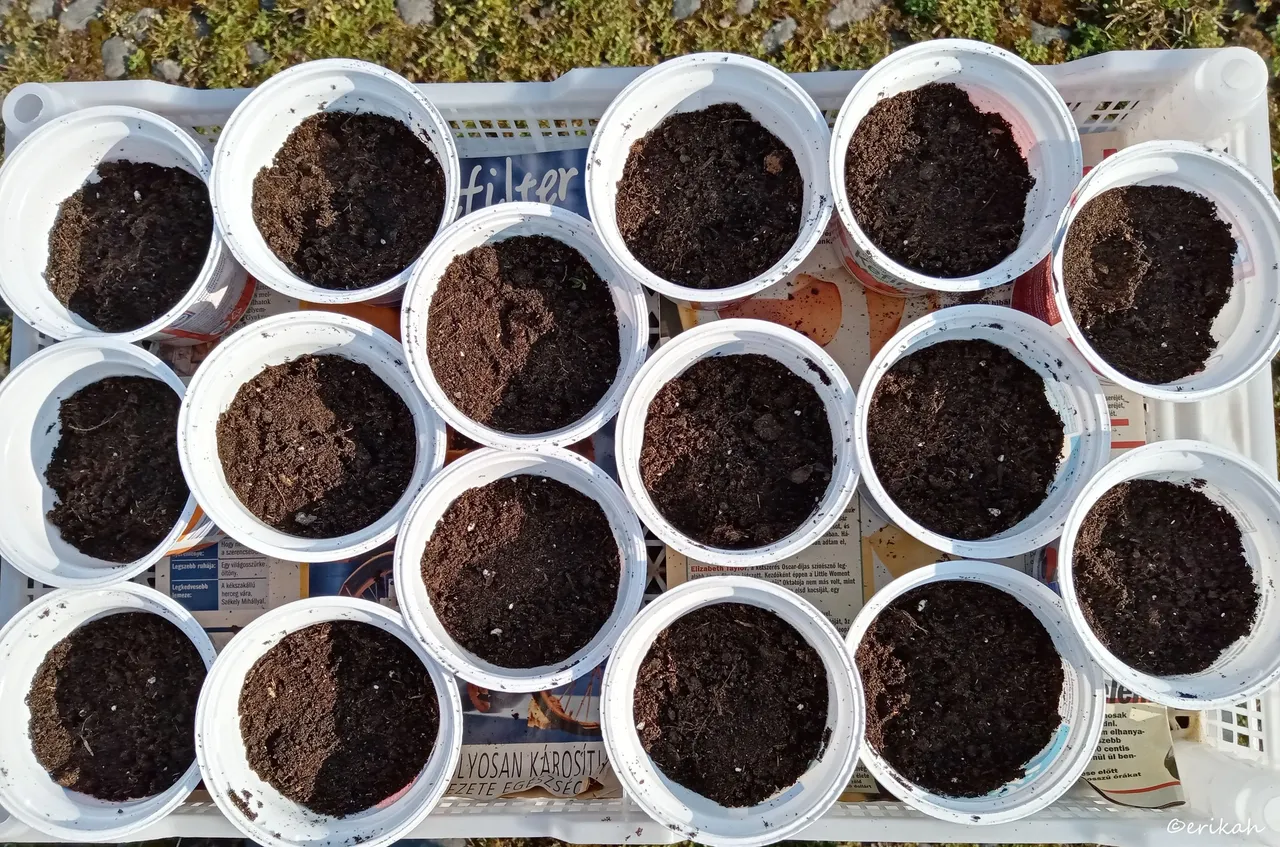
These are ordinary plastic cups that we also use for different seeds. Each cup has a whole or two at the bottom so the excess water could flow out.
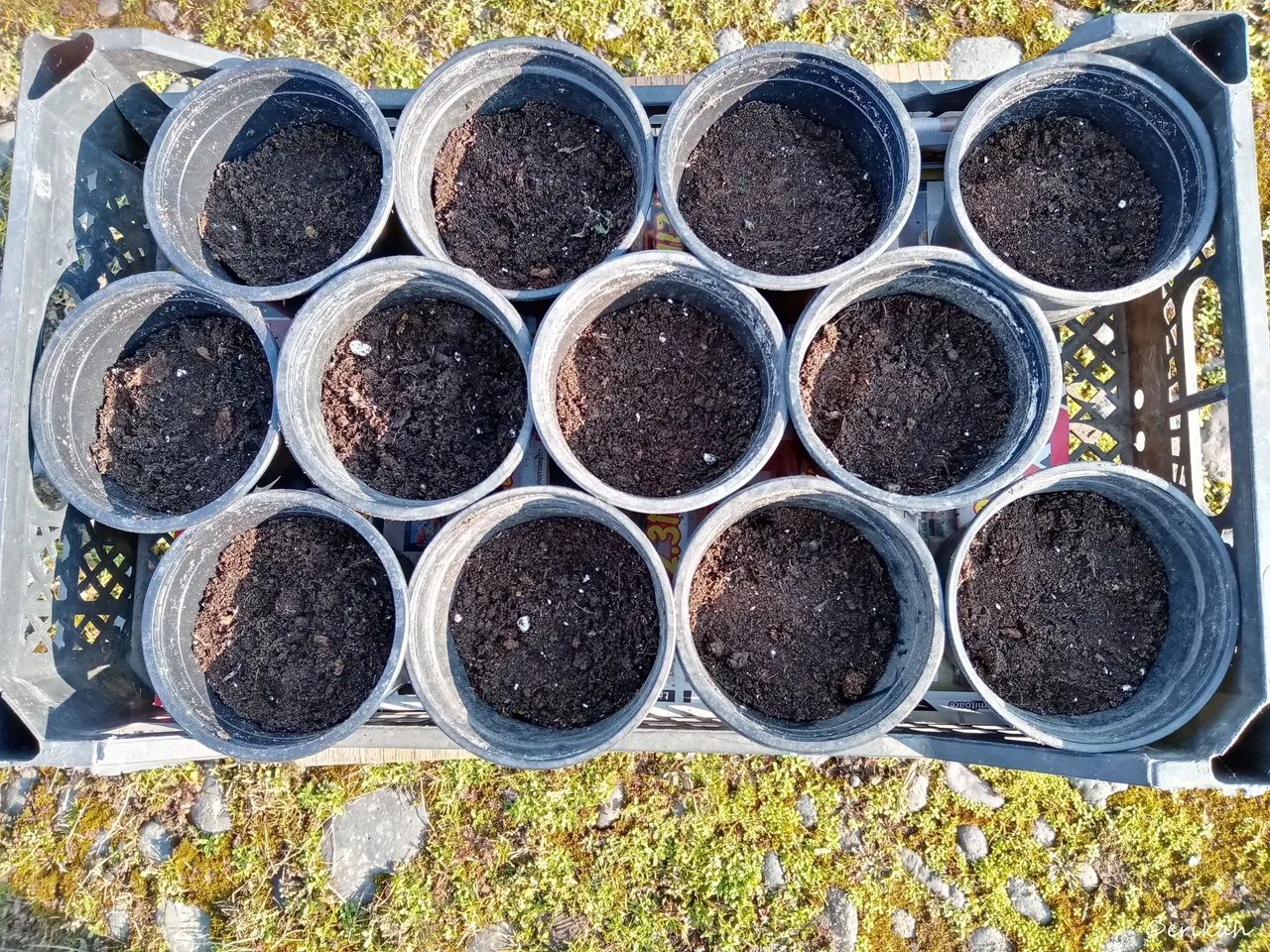
These are regular flower pots, small ones we use for honeydew.
Seeds
Now let's see what kind of seeds we have sowed this year.
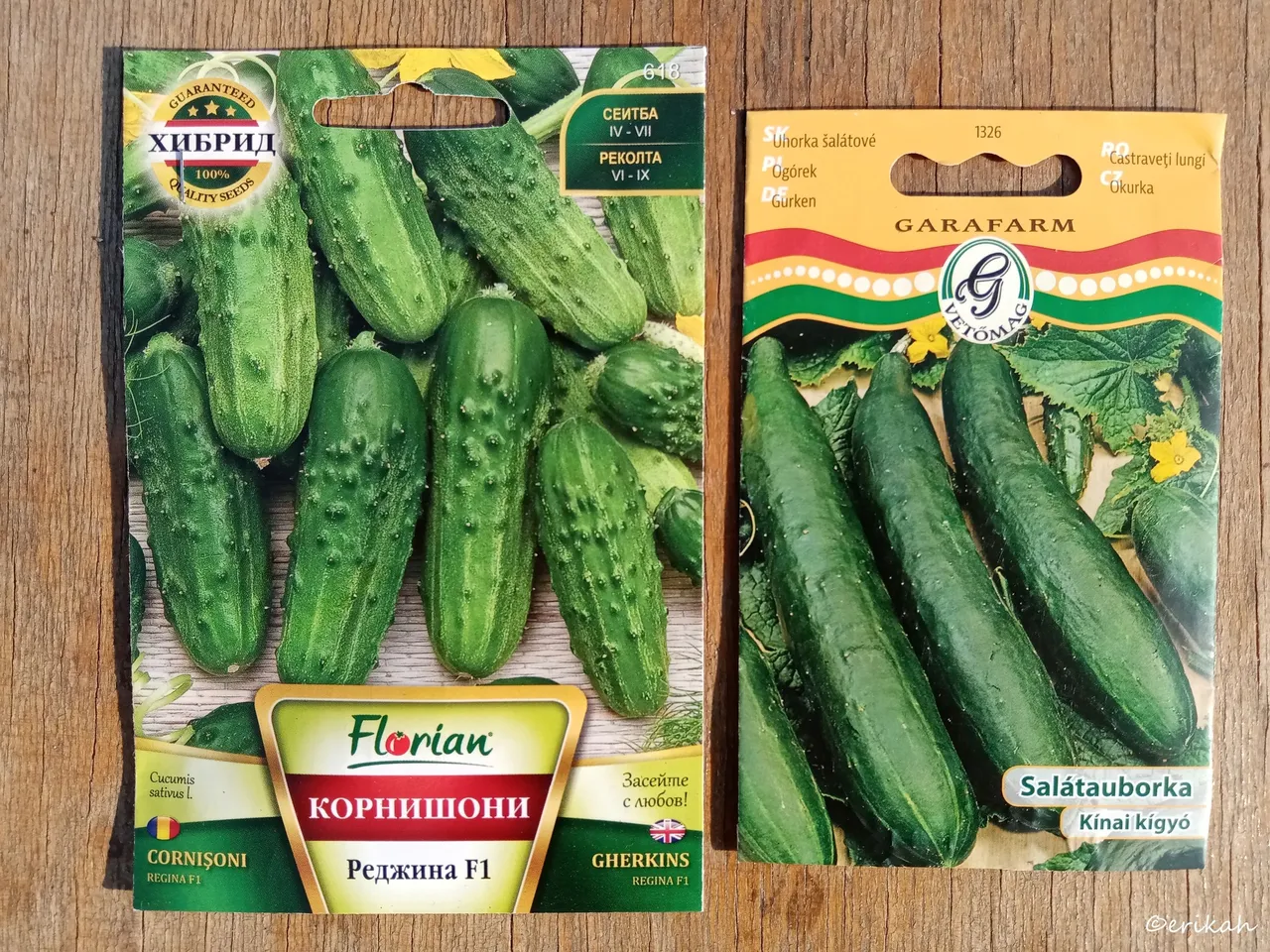
Cucumbers are No. 1 on the vegetable list, always and we have several types. On the photo there are two of our favorite types. On the left, it's called gherkins regina f1.
Gherkins, or baby pickles, are small cucumbers, typically those 1 inch (2.5 cm) to 5 inches (13 cm) in length, often with bumpy skin, which are typically used for pickling. The word gherkin comes from early modern Dutch, gurken or augurken for "small pickled cucumber". source
These are perfect to eat raw but also or mostly for pickles. It's tricky though as when they start growing, you have to harvest every day, sometimes even twice a day if you have plenty and if you miss it, can grow quite big.
The other on the right is a longer type for salad, also excellent. It can be used for pickles as well, but you need a bigger jar.
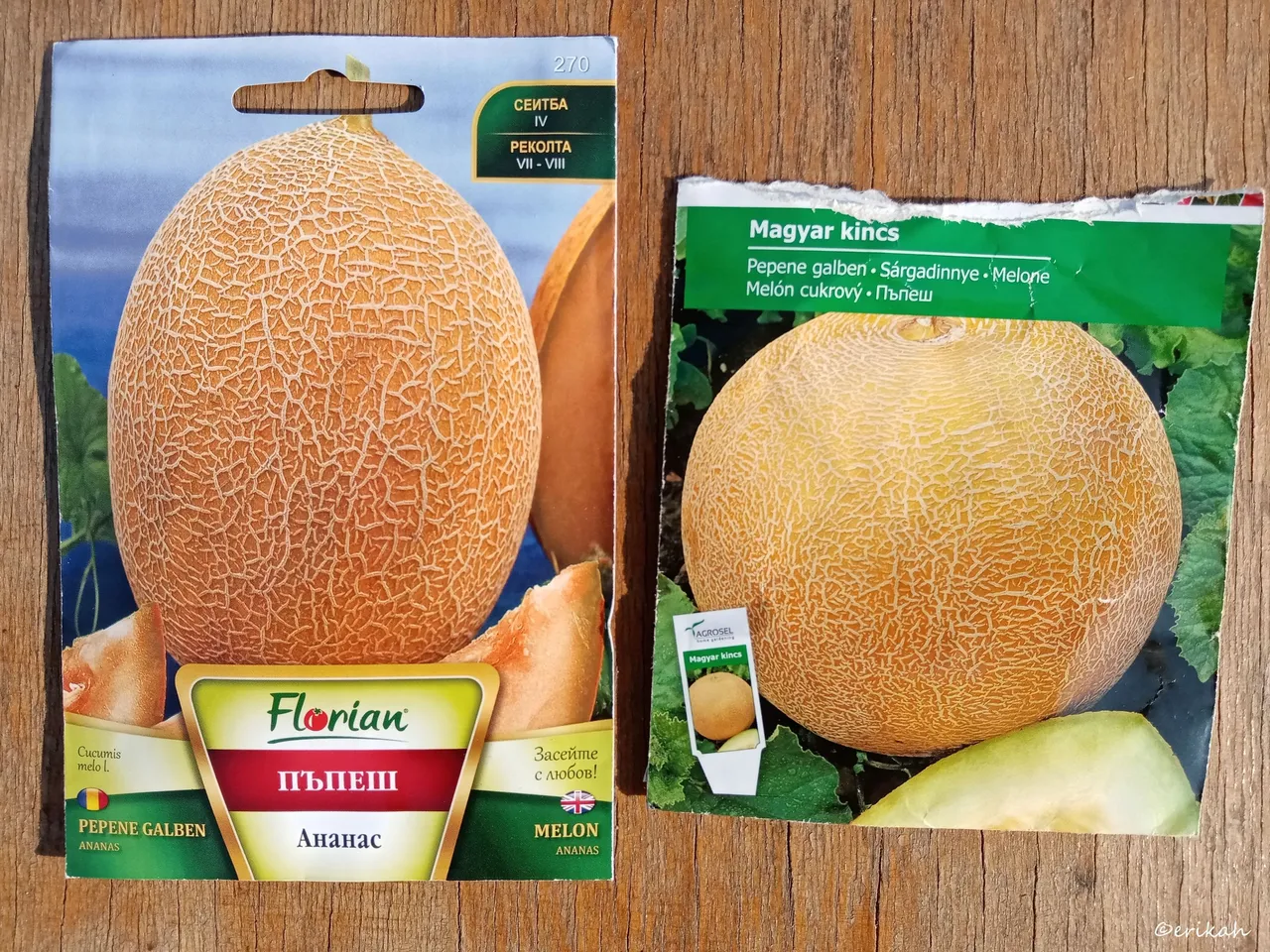
Melon is also a regular in the garden, there's nothing better than a fresh, organic, homegrown melon for breakfast harvested first thing in the morning, when it's still chilly outside.
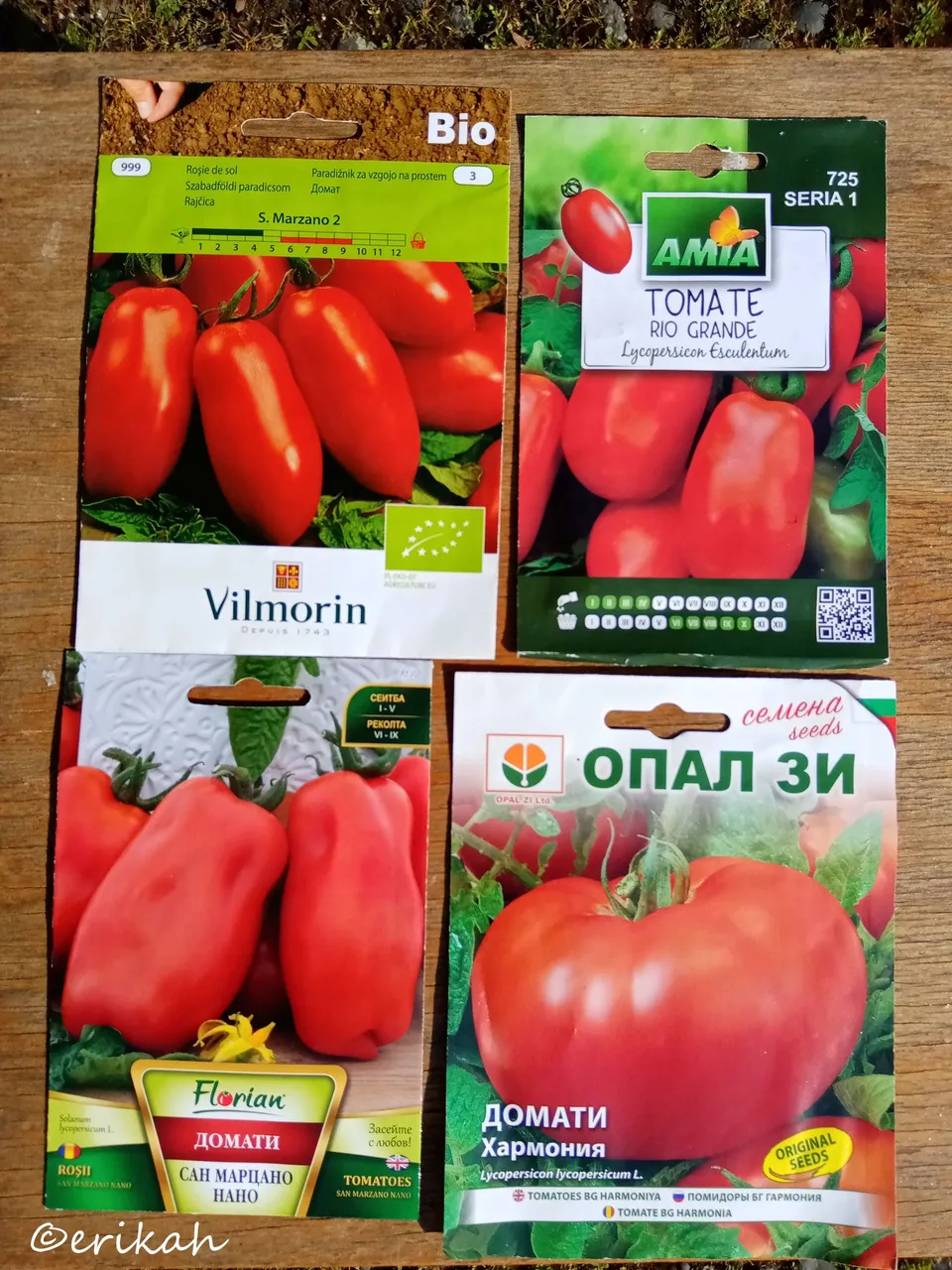
Tomatoes are also No. 1 :) Yes, we have two vegetables No. 1, although tomatoes are considered fruits. There are four types on this photo, but in fact we've sowed like 7 or 8 types, among which big black and yellow as well as cherry tomatoes.
The one you see on the photos above, the longer ones are mostly for tomato sauce and juice. All of those have a thicker outer layer and are fleshy, therefor perfect for sauces and juice. The other, big round one is my all time favorite for eating raw. It's fleshy, almost seat and has a wonderful flavor, you can eat it as it is, without anything else. That is also good for sauce and juice. Some of these are running plants, need a net to support the stem, while others, some of the long ones are growing like a bush, on the ground.
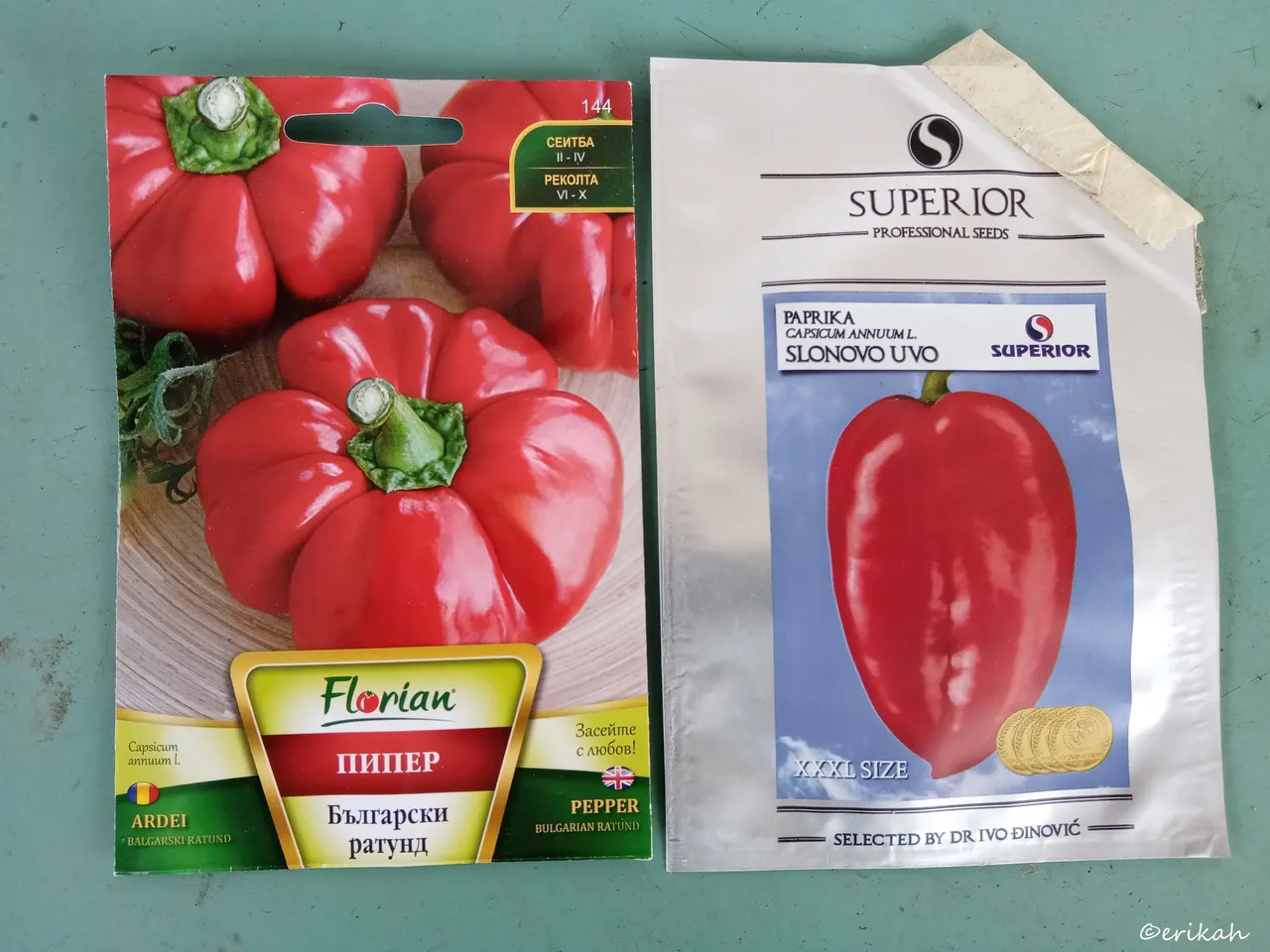
Red pepper or paprika cant be missing from the garden. We have several types each year, these are two of the, but we also have white and green ones. Having a mix or types gives you the opportunity to use each one for a different purpose, or mix them and get a richer flavor.
For everything you see here, we're going to use a foil to prevent weeds growing. It's the easiest and safest way to avoid growing weeds, no need for herbicide, which we never use any. Organic is the best.
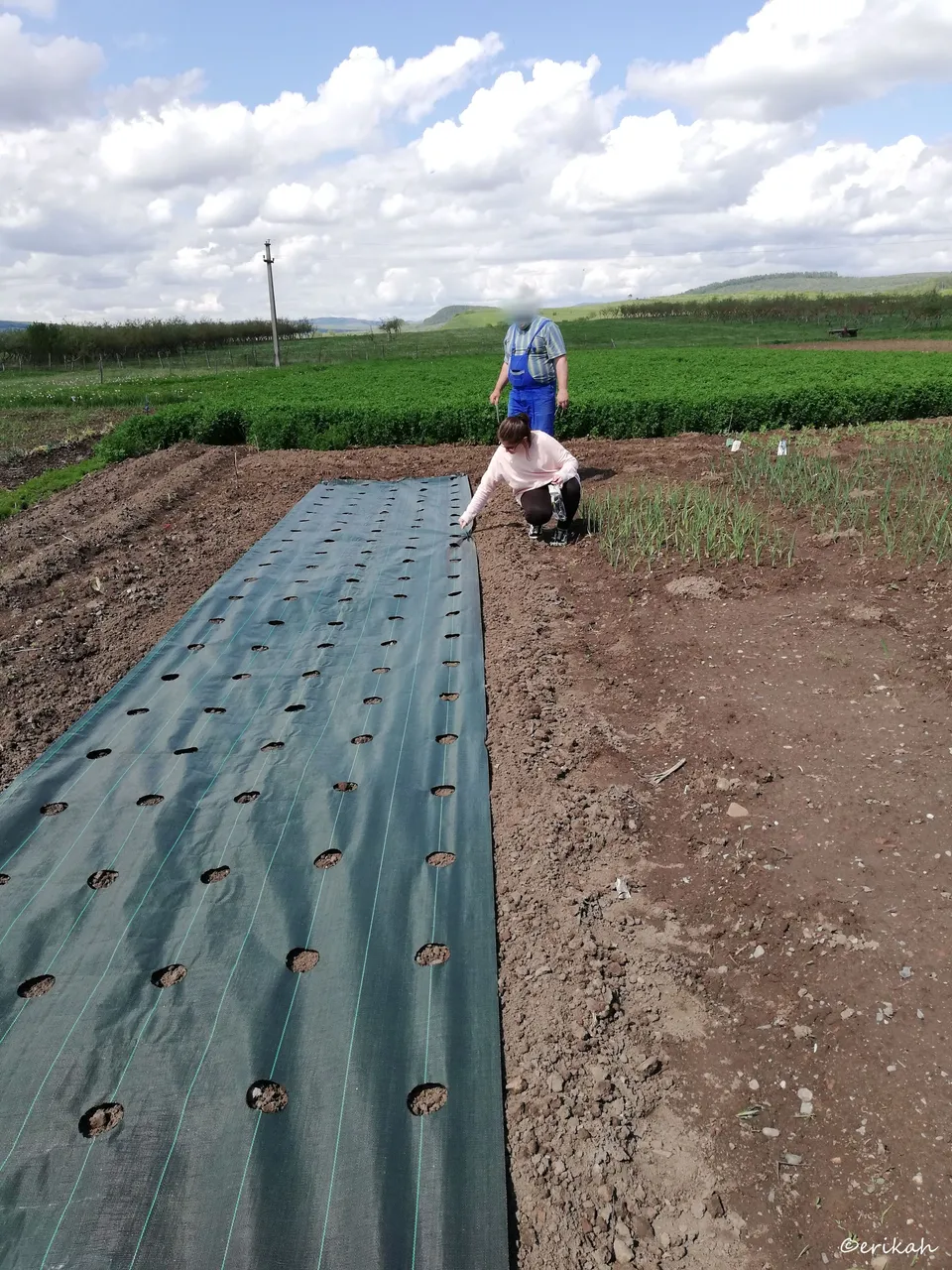
This photo is from two years ago as this year we need another month to do this type of work. So that is the foil or whatever you want to call it that prevents weeds growing. In each hole you plant something. This was made specially for peppers. So you roll out the foil and fasten it to the ground with special nails. The best thing about this foil is that it is not waterproof, meaning the rain can penetrate the soil through it but it prevents the water to evaporate to a certain degree, keeping the moisture under it. It can save us from a lot of trouble and can be reused. It's going to be the third year we're using them and are still perfect.
For those of you still doubting you can grow your own food, let me tell you it's possible. It's not easy, it's hard work but worth it. You get healthy fruits and vegetables all summer. If you have a garden and time to do it, don't hesitate.
What I have shared here is what I know from years of experience. Gardening is not an exact science, there are a lot of variables influencing the results but over the years you can find the best solution for you, if you're willing to learn. We're learning every day, there's always something new to try out and at the end you can develop a routine that is working for you in order to get the best crop.


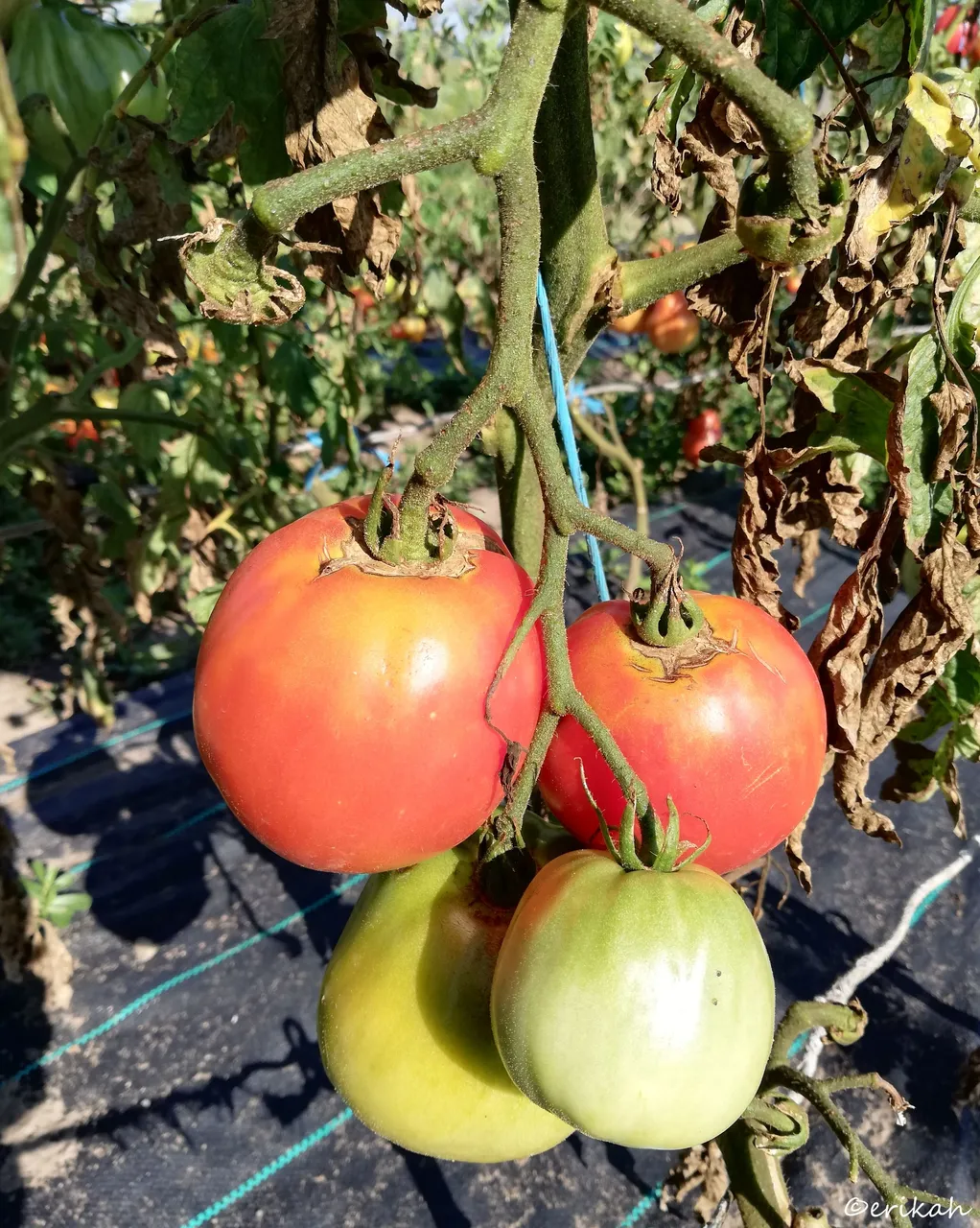
These are from 2019, a very good year for us as far as gardening is concerned. What do you think? Worth the effort? It does!